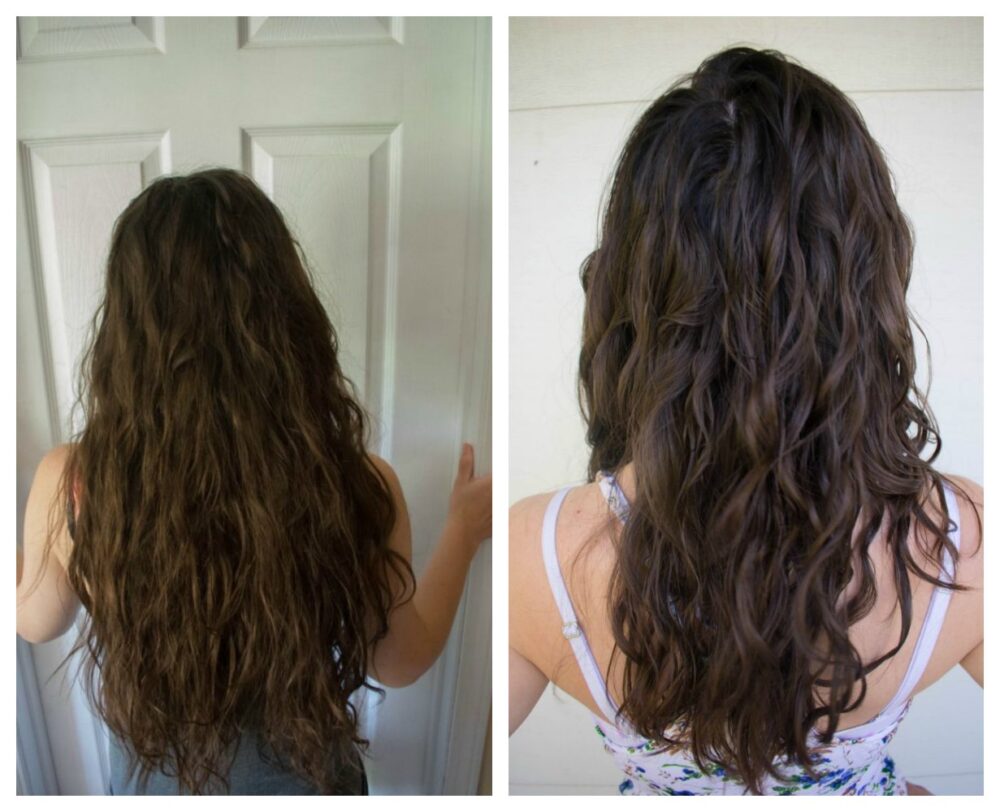
Why Is My Hair Getting Wavy as I Get Older?
I’ve always had stick-straight hair. It was one of my defining features, so much so that friends and family often joked that I could use it as a level. But in my early 30s, I started to notice a change. My hair was becoming increasingly wavy, especially after washing. At first, I thought it was just a temporary thing, a change in hair products or the weather. But as time went on, the waves became more pronounced and permanent. I was perplexed. I had always thought that hair texture was set in stone and didn’t change over time. So what was going on?
The Science of Hair Texture
Hair texture is determined by the shape of the hair follicle. Straight hair grows from a round follicle, while wavy hair grows from an oval follicle. Curly hair grows from a kidney-shaped follicle. As we age, our hair follicles can change shape, which can lead to changes in hair texture.
There are a number of factors that can contribute to changes in hair texture as we age, including:
- Hormones: As we age, our hormone levels change. These changes can affect the production of keratin, a protein that gives hair its strength and shape. Decreased keratin production can lead to weaker, more pliable hair that is more likely to wave or curl.
- Sun damage: Sun exposure can damage the hair shaft, making it more prone to breakage and frizz. This can also lead to changes in hair texture.
- Heat damage: Using hot styling tools on a regular basis can also damage the hair shaft, making it more likely to wave or curl.
- Aging: As we age, our hair naturally becomes thinner and more fragile. This can also lead to changes in hair texture.
What You Can Do About It
If you’re not happy with the changes in your hair texture, there are a few things you can do to try to reverse them:
- Use gentle hair care products: Avoid using harsh shampoos and conditioners that can strip your hair of its natural oils. Instead, opt for gentle, sulfate-free products that will help to preserve your hair’s moisture and strength.
- Limit heat styling: Heat styling can damage your hair and make it more prone to wave or curl. If you must use heat styling tools, be sure to use them on a low setting and apply a heat protectant spray to your hair first.
- Get regular trims: Regular trims will help to remove any split ends that can make your hair look frizzy and unkempt. Trims will also help to keep your hair healthy and strong, which can help to prevent changes in hair texture.
FAQ
Q: Is it possible to permanently change my hair texture?
A: It is possible to temporarily change your hair texture using styling products or chemical treatments. However, it is not possible to permanently change your hair texture without surgery.
Q: Will my hair texture change back to its original texture as I get older?
A: It is possible for your hair texture to change back to its original texture as you get older. However, this is not always the case.
Q: Are there any medical conditions that can cause changes in hair texture?
A: Yes, there are a number of medical conditions that can cause changes in hair texture, including thyroid problems, hormonal imbalances, and autoimmune disorders.
Conclusion
If you are concerned about changes in your hair texture, it is important to talk to your doctor to rule out any underlying medical conditions. If there is no underlying medical condition, there are a number of things you can do to try to reverse the changes in your hair texture. With a little patience and effort, you can achieve the hair texture you desire.
Are you interested in learning more about the science of hair texture? If so, please leave a comment below.

Image: wavyhaircare.com

Image: www.reddit.com
Why is my hair curly only on the ends but anywhere else especially the … Aug 22, 2023Wavy hair comes in various textures and patterns— 2a, 2b, and 2c, to be exact. As celebrity hairstylist Bradley Leake explains, “2a hair is usually finer with smooth roots and a soft, subtle [s-shaped] wave. 2b waves are more defined but more susceptible to humidity and frizz. 2C hair is generally [an even tighter wave] that is thicker, more coarse, and needs more hydration.”